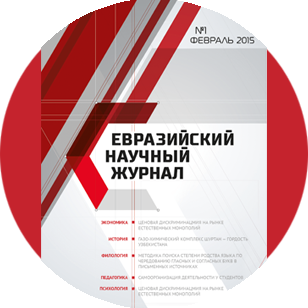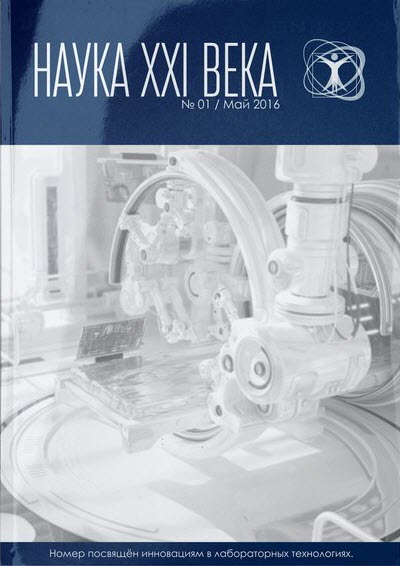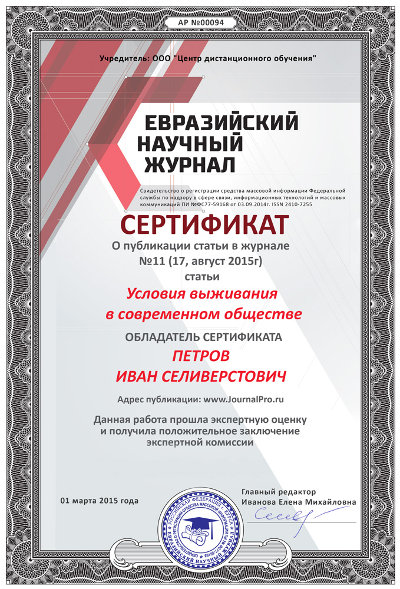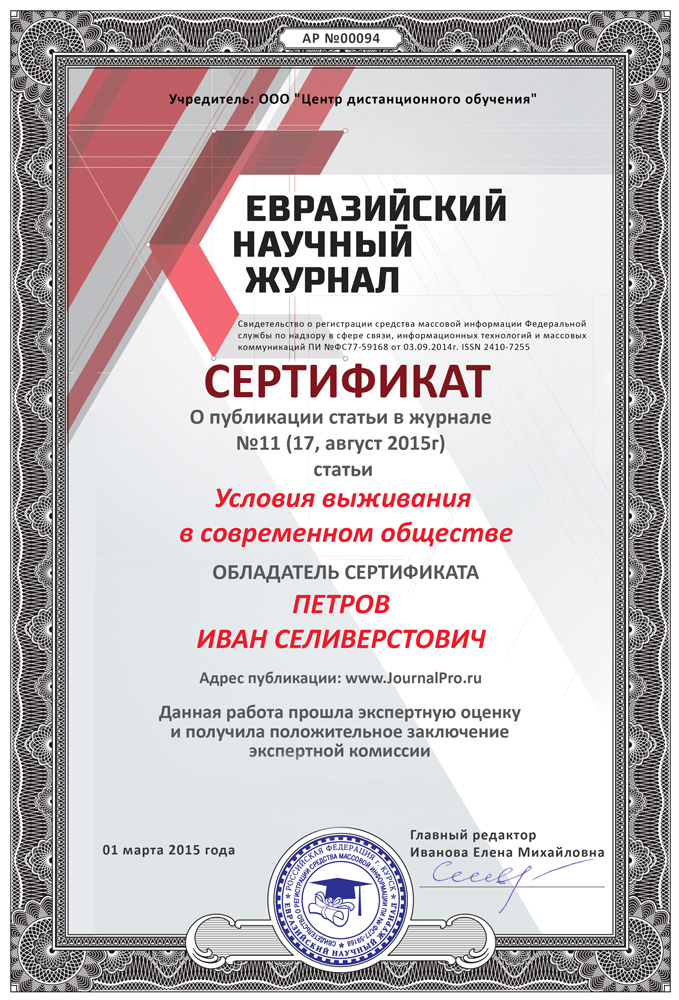Срочная публикация научной статьи
+7 995 770 98 40
+7 995 202 54 42
info@journalpro.ru
Developing an Expert System for Material and Process Selection for Powder Metallurgy
Рубрика: Технические науки
Журнал: «Евразийский Научный Журнал №12 2016» (декабрь)
Количество просмотров статьи: 3677
Показать PDF версию Developing an Expert System for Material and Process Selection for Powder Metallurgy
Ibrahim Abdulwahhab Atiyah,
Ahmed Kadhuim Muhammad,
Hamza Mustafa Kamal,
Mohammed Ali Abdulrehman,
Sherin H. Chalob*
Al- Mustansiriyah University, Faculty of Engineering,
Material Engineering Department,
Baghdad, Iraq.
E-mail: alexa2000sh@yandex.ru
Abstract
In this research, powder metallurgy technology has been studied in most of its aspects “advantages, limitations, applications and the steps of producing the final products ...etc.” This expert system had been built by using visual basic language version “6”, it includes the required information of different steps of producing powder metallurgy products, and with a special emphasis on cutting tools to help the user get a deep knowledge to its materials properties and working conditions. This system could be used as an educational tool by students and engineers.
KEYWORDS: Powder technology, manufacturing systems, process selection, developing an expert systems,
Aims of The Research:
This research aims to develop an expert system which aims at converting the important aspects of powder metallurgy technology to easy-to-use system that is available for the users at instant, which can give the users the required advice to solve any problems. So, this expert system aims at simulating the capability of human experts in giving advice to the users for, materials and process selection for powder metallurgy technique. So, to do this and since the expert system is based on the ability of the researcher to collect the important data from different sources , so the researcher accumulated the available data about the powder metallurgy from references (Hand Books.), and represented in useful, easy-to-use form . The study presents a methodology that introduces a data oriented method for the work before and during machining operation. It consists of tool selection, determination of machining condition. This practical information is made easily accessible to engineers so that they can take advantage of the opportunities that offered by Powder Metallurgy technology.
Expert system is one of the major successes in the field of artificial intelligence. It is an expert system that is constructed to do the kinds of activities that human experts can do (1, 2, 12). Thus, an expert system is an expert system, which emulates the decision making ability human expert (3). So, the term ‘emulate’ means that the expert system is intended to act in all respects like a human expert. Together with other areas in Artificial intelligence, expert systems have already proved to be of a great value for research and for industry. Expert systems generally deal with a focused task with a rather narrow range of applicability and use highly specific knowledge for reasoning. In doing so, they are also able to explain their action and lines of reasoning , so , expert systems are tools used to solve problems that required significant amount of human expertise (4) . An expert system is a computer program. A computer program is a piece of software, written by a “programmer” as a solution to some particular problem or client need. Because expert systems are software products they inherit all of the problems associated with any piece of computer software. (11)
A human expert uses knowledge and reasoning to arrive at conclusions similarly an expert system relies on knowledge and performs reasoning. The reasoning carried out in an expert system attempts to mimic human expert in combining pieces of knowledge. Thus, the structure or architecture of an expert system practically resembles the way now a human expert performs. Thus, there is an analogy between an expert and an expert system. An expert system is composed of key parts, as shown in Figure(1), which make its functionality. These parts are common to expert systems (4):-
1. User Interface
2. Explanation Facility
3. Inference Engine
4. Knowledge Base
5. Knowledge Acquisition Facility
6. Working Memory
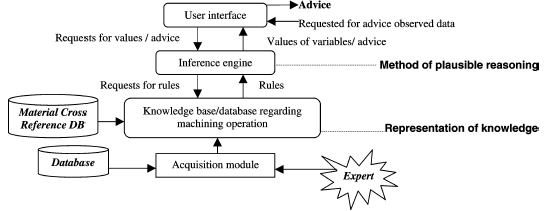
Fig. (1):- Structure of Expert Systems (4)
2- Powder Metallurgy Technology
is used to manufacture a wide spectrum of metal powders designed to meet the requirements of a large variety of applications. Powders of virtually all metals can be produced. Various powder production processes allow precise control of the chemical composition and the physical characteristics of powders and allow tailoring of specific attributes for targeted applications. Development and technical innovation in metal powder production processes are constantly pursued to meet the quality, cost, and performance requirements of existing and emerging applications(13).
Powder metallurgy is manufacturing products from finally divided metal and metallic compounds. The powder is loose in some applications and pressed into pieces and parts in others(5). By feeding metal powder into a die of the desired shape, pressing the loose metal powder into a compact briquette of approximate geometry of the desired finish product (6), under high pressure and then heating the briquette in a furnace so as to bond the powder particles together to produce parts with desired physical and mechanical properties. The furnace is either concurrently or subsequently heated for a period of time at a temperature below the melting point of the major constituents. Most metals are sintered at (70 — 80%) of the melting temperature, certain refractory materials may be sintered at (90%) of melting temperature(7) , and in order to further improve the properties of the sintered powder metallurgy product or to give them special characteristics, several additional operations may be carried out, among these are coining, sizing, forging, infiltration and impregnation (8).
Manufacturing worldwide faces many challenges due to the complexity and variety of products, with their relevant production processes. Powder metallurgy technology is one of the most important growing applications in the industry which is used in manufacturing pieces and parts(5). Powder technology is regarded as highly developed method of manufacturing reliable ferrous and non-ferrous products. Also the growth of powder metallurgy industry during the past few decades is largely attributable to the cost saving associated with net “or near net” shapes processing compared with the other metal working methods. with increasing usage in the automotive and appliances industries for producing gears, bearing, splined parts, piston rings, valve guides levers, bushings, cutting tool inserts, porous product " flitter", tappets, rockets and pedestals ,valve retainers, valve caps , camshaft, and crankshaft sprockets and pulleys, clutch hubs and plates , hydraulic piston ... etc. Thus, this process is required to produce many components that can’t be manufactured economically by any other methods such as, the fabrication of metals with high melting points as incandescent lamp filaments, non-consumable welding electrodes, and resistance wire for high temperature furnaces. Also, it is important for metals that can be combined in no other way, than powder metallurgy as copper combined with carbon for electrical brushes cobalt and tungsten carbide for cutting tools (9). Other groups produced by powder metallurgy are those which have properties that would be impossible to obtain by other methods, such as porous electrodes for alkaline batteries, and porous bearing (6).
The steps which are involved in producing powder metallurgy parts, as shown in the Figure (2).
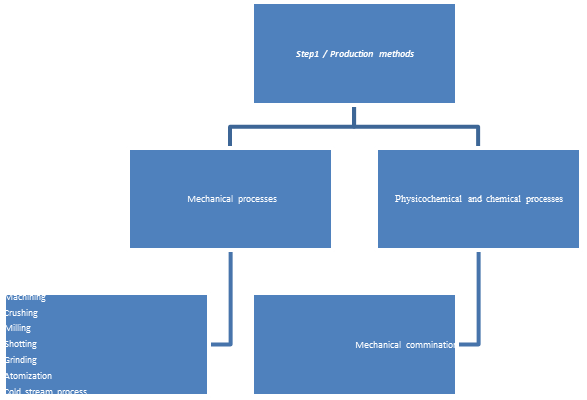
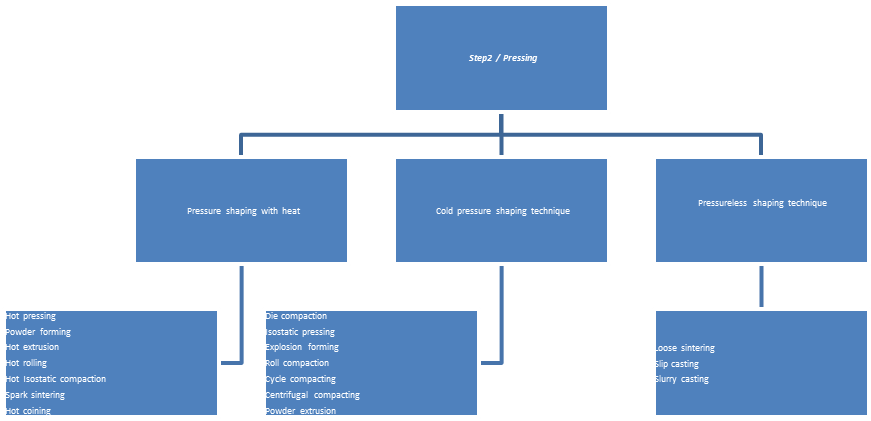


Fig.(2):- Steps of Producing Powder Metallurgy Parts
3- Developing an Expert system on powder metallurgy:-
The expert system consists of three main windows, as shown in the figure(3):-
1- Powder metallurgy. (fig. 4)
2- Steps in producing powder metallurgy parts. (fig. 5)
3- Applications of powder metallurgy. (fig. 6)
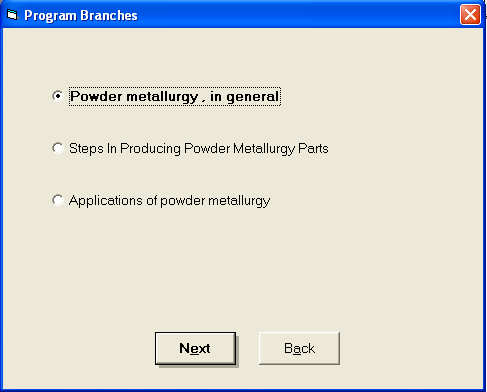
(fig. 3) Main Windows
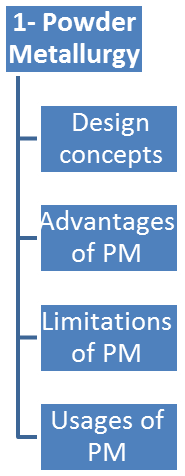
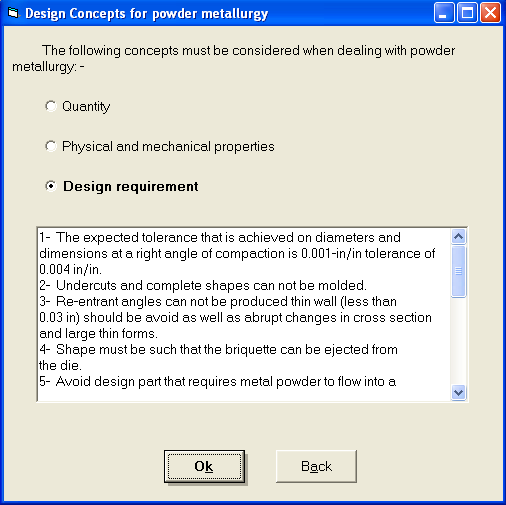
(fig. 4) Powder Metallurgy Windows

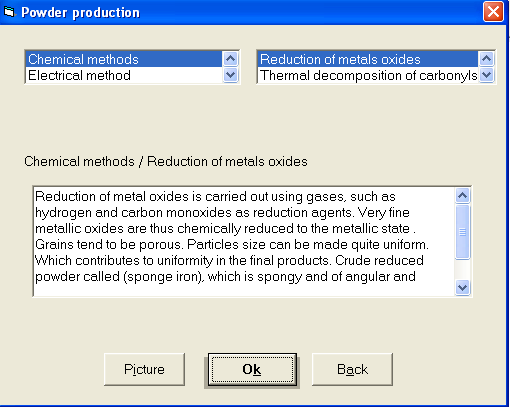
(fig. 4) Steps of production of powder metallurgy parts Windows
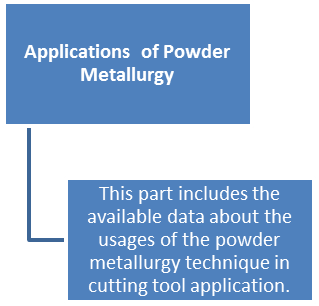
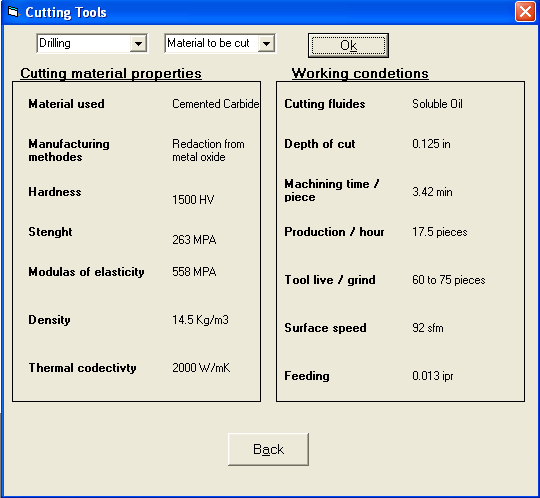
(fig. 5) Applications of Powder Metallurgy Windows
4- Conclusions
- Building expert system for powder metallurgy applications is very important because of the suitability of powder metallurgy for an extremely broad range of production requirements , powder metallurgy combines the shape advantages (near- to- net shapes) with the high performance of super alloys , and it regarded as an economical method for mass production .
- The powder technology field is one of the most suitable fields for expert systems implementation, since, it contains a huge amount of variables, information and data, which are mostly empirical.(10)
- Each production process on powder metallurgy has its own parameters, and its environmental factors. Not only that, some powder characteristics are interdependent on each other for the same powder type, so, this expert system makes the search easier and faster.
- This expert system developed in easy way to be used for different tasks (education, training) and for engineers to understand the aspects of powder metallurgy technology.
- During the stages of this study, it has been noted that researches on expert system of powder metallurgy are few, as compared with its great importance. On the other hand, most of the references in this field (in Iraq during the past few decades) are so old, taking into account, the wide development in using these products.
- The expert system has been built by using visual basic language because of its excellent user interface facilities and flexibility.
References
- Dan W. Pattereson, “Introduction to Artificial Intelligence and Expert Systems” Prentice,Hall of India.1998.
- Daniel h. Marcellus, “Expert System Programming in Turbo Prolog”, Prentice hall, New Jersey, 1989.
- Da Silva J.C.m., “Artificial Intelligence Applied to Fluid Power Design an Integrating Approach”, http://www.emc.ufsc.br/laship/jonny.
- Kamaran Parsaye and Mark Chignall, “Expert System for Expert”, John Wiedly and Sons, Inc. 1988.
- Law Rence E.Doyle, CARL A.Keyser, James L. Leach, George F. Schrader, Morse B.Singer, “Manufacturing Process and Materials for Engineering”, Prentice-Hall. INC., 1989.
- Nibel Draper Wysk., “Modern Manufacturing Process Engineering”, McGraw-Hill Co.,1989.
- W. D. Kingery, “Application Physics”, Vol.30, 1959 , PP.301.
- Serop, Kalpajian, “Manufacturing Process for Engineering Material”, Addison Wisley publishing Co., 1984.
- George E. Dieter, “Engineering Design a Material and Processing Approach ”, McGraw-Hill, Inc. ,1991.
- Towards an expert system for powder production processes "the Atomization process"http://www.engg.kaau.edu.sa/main/HomePage/journal/Volumes/Vol_14_2 . 2002 .
- Expert systems. http:// www.agents.gsfc.nasa.gov/papers/pdf/es.pdf . 1999
- An expert system for metal powder selection using VP — expert. http://www.faculty.ksu.edu.sa/ialharkan/Publications/VP-paperV1.pdf. 2002.
- Powder metal technologies and applications, ASM handbook, Volume 7, 1998

